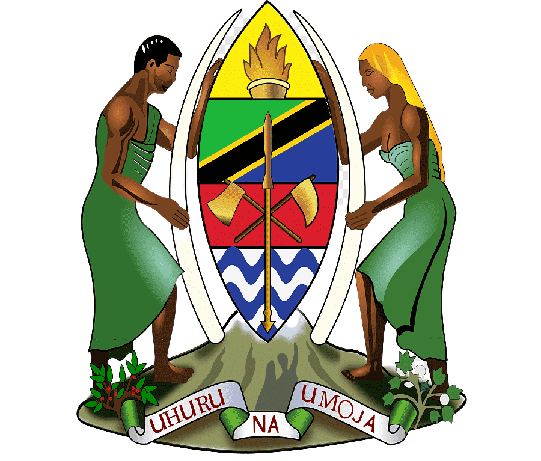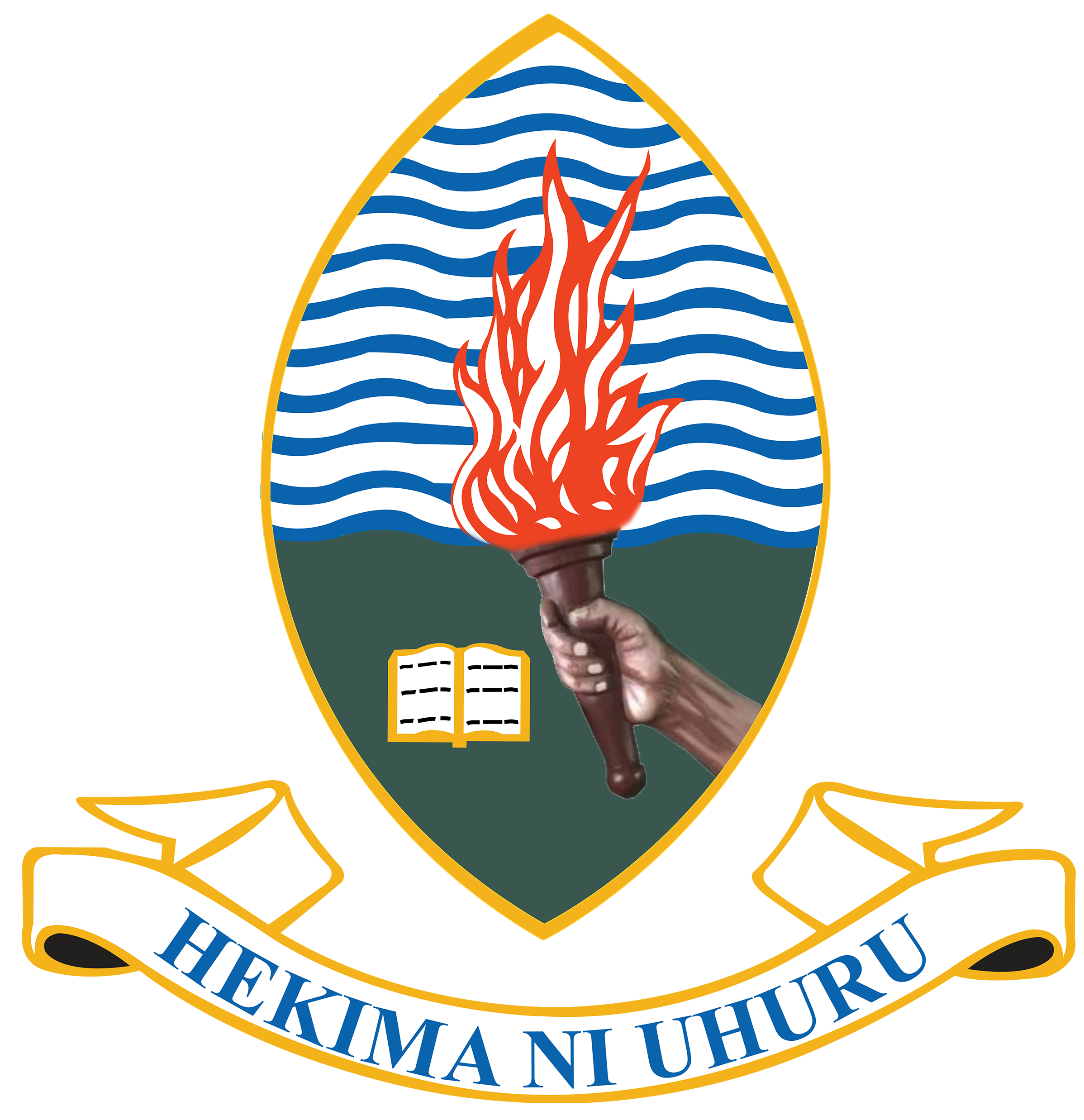Searching and Retrieval of Library Materials
I. Searching Print Materials
Before searching the library shelves to identify the location of books and other materials, users are requested to familiarize themselves with the Online Public Access Catalogue (OPAC), a web-based library catalogue that is used to search and locate library materials. The UDSM Library OPAC integrates bibliographic records of the Colleges, Schools, Institutes, and departmental libraries at the Mwalimu Nyerere campus of the University of Dar es Salaam.
The OPAC uses a user-friendly interface that allows users to conduct simple, advanced, or expert searches using Boolean operators. Users can search materials by title, author, organization, keyword, subject, or even by year of publication. The search result provides information such as the title of the book, author name, publication statement, and section of the library where the item is located. The result also includes the class mark number of the book, availability status, and whether the item can be borrowed or not.
Users may access OPAC through the University of Dar es Salaam website http://www.udsm.ac.tz or directly through the following address: https://www.udsm.ac.tz/web/index.php/institutes/library.
II. Access to Electronic Resources
The Library subscribes to a range of electronic resources including e-journals, e-books, and both online and offline media covering diverse subject areas. Users can search and retrieve these resources while using the University Internet network. The library arranges with some vendors to offer access to their materials even when users are off-campus or using their private Internet network. Users can access resources in stand-alone media through CD-ROMs available in the digital collection. Users should consult the Reference section for guidance on using such materials or send an email to library.helpdesk@udsm.ac.tz.
Users are requested to take a brochure with the list of subscribed e-journals/e-books databases from the information desk to see the available resources. For more help, users should consult the Reference section for guidance on how to search and retrieve the information they need.

